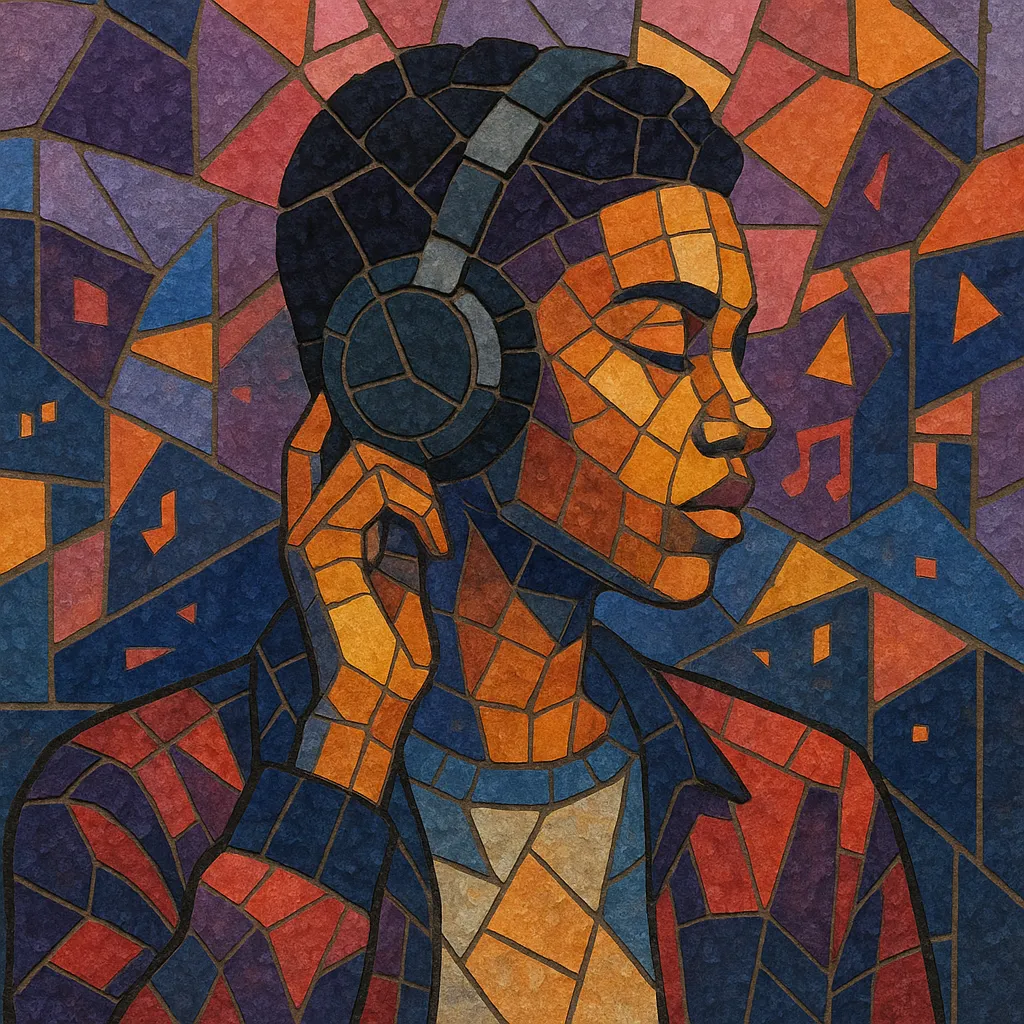Pop urbaine is a French mainstream pop style that blends contemporary R&B, hip hop, Afrobeats, dancehall, zouk, raï, and reggaeton with chart‑friendly songwriting. It emphasizes melodic hooks, mid‑tempo grooves, and sleek vocal production (often with Auto‑Tune) while foregrounding everyday, romantic, and nightlife themes in colloquial French.
Rhythmically it favors syncopated Afro‑Caribbean patterns, sparse but bouncy 808 drums, and light guitar or synth plucks, creating a buoyant, danceable feel without the aggressiveness of club music. Vocals typically alternate between sung refrains and rap‑influenced verses, with catchy refrains designed for streaming and social media virality.
The genre became a defining sound of French popular culture in the late 2010s, driven by a new generation of Francophone artists with diasporic roots who globalized French pop while keeping its language and local slang at the center.
Pop urbaine grew out of earlier waves of French R&B and pop‑rap, as well as longstanding Maghrebi (raï) and Afro‑Caribbean (zouk, dancehall) influences in France. The streaming era and bedroom production lowered barriers, while the rise of Afrobeats, reggaeton, and contemporary R&B provided a global rhythmic template that Francophone artists adapted to French language and slang.
From around 2015, a cluster of hit singles popularized the sound: sleek, mid‑tempo beats; Afrobeats/dancehall syncopations; and instantly memorable refrains. Viral moments and playlisting on French platforms and radio accelerated adoption. Artists with roots across the Francophone world (France, the Caribbean, the Maghreb, Sub‑Saharan Africa) brought diverse rhythmic DNA into a cohesive, radio‑ready pop signature.
By the early 2020s, pop urbaine had become a dominant mode of French‑language pop. It diversified toward softer R&B ballads, guitar‑leaning Afropop, and reggaeton hybrids, while retaining melodic choruses and danceable grooves. The sound spread to neighboring markets (Belgium, Switzerland, Québec) and collaborated more often with African and Latin artists, reflecting France’s position in global pop circuits.
The label “pop urbaine” describes commercial pop with urban (hip hop/R&B/Afro‑Caribbean) traits. Some criticize the term’s vagueness or racialized connotations; many artists simply call their music pop, R&B, or Afropop. Regardless, the production hallmarks—Afro‑diasporic rhythms, 808 minimalism, hook‑focused songwriting, and Auto‑Tuned melodicism—remain consistent and highly visible in the French charts.
Intro (4–8 bars) with motif + percussion; Verse 1; Pre‑Chorus (riser + bass drop); Chorus (add counter‑melody); Verse 2 (variation);
Bridge or rap feature; Final big chorus with ad‑libs; Short outro.
•Use ear‑candy (vocal chops, filtered delays) between phrases; automate reverb/delay throws at section transitions.


